David's
Landmark Contributions
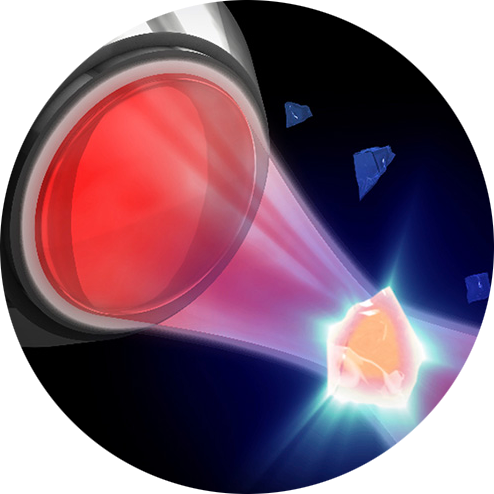
Laser Cooling of Ions
David Wineland, together with Hans Georg Dehmelt, was one of the pioneers in the development of Doppler cooling, a technique that uses laser light to reduce the motion of ions or atoms, bringing them to near absolute zero. This method was simultaneously proposed by Wineland and Dehmelt, as well as by Theodor W. Hänsch and Arthur Leonard Schawlow in 1975. It was first demonstrated in 1978 by Wineland, Drullinger, and Walls, followed shortly by another team led by Neuhauser, Hohenstatt, Toschek, and Dehmelt.
In a key experiment, Wineland reported the first observation of radiation-pressure cooling on resonant absorbers that were elastically bound to a laboratory-fixed apparatus. In this groundbreaking work, Wineland cooled Mg(II) ions (magnesium ions) confined in a Penning electromagnetic trap to temperatures below 40 K by irradiating them with the output of a frequency-doubled, single-mode dye laser tuned to a low frequency. This achievement was significant in the field of atomic and quantum physics as it represented one of the first real-world implementations of laser cooling on a bound system.
The development of laser cooling techniques for trapped ions allowed for deeper studies into quantum mechanical properties of ions, such as quantum superposition and entanglement. These early experiments laid the foundation for much of the later work in quantum optics and quantum information processing, where controlling the motion and internal states of ions became critical for quantum computing.
The breakthrough paper by Wineland, Drullinger, and Walls, titled “Radiation-Pressure Cooling of Bound Resonant Absorbers” (Phys. Rev. Lett., 1978), marked a significant milestone in experimental physics and helped pave the way for future advances in laser cooling and trapped ion technologies.
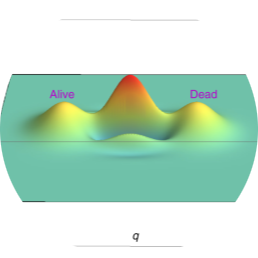
Quantum Superposition and Schrödinger’s Cat
David Wineland’s pioneering research on isolating and controlling individual ions has played a central role in advancing quantum mechanics and quantum information science. By conducting experiments in a vacuum to minimize external interference, Wineland was able to manipulate ions with remarkable precision. One of his key contributions was using carefully calibrated laser beams to cool ions to their lowest possible energy state, a process essential for creating and managing quantum states with high accuracy.
In a landmark experiment, Wineland demonstrated the ability to push a single ion into a quantum superposition state using a finely tuned laser pulse. This process placed the ion halfway between two distinct energy levels, leaving it in a state where it had an equal probability of being in either one. This delicate superposition provided a way to directly observe quantum phenomena that had previously been accessible only through theoretical models. By successfully cooling and manipulating ions, Wineland laid the groundwork for exploring fundamental quantum effects, such as entanglement and coherence.
One of the significant outcomes of his work was the creation of Greenberger-Horne-Zeilinger (GHZ) states. These states involve multiple particles, such as atoms or photons, in a superposition of all particles being in one quantum state (e.g., all spin-up) or another (e.g., all spin-down). GHZ states are highly entangled and serve as benchmarks for testing various quantum systems. In 2005, Wineland’s team at the National Institute of Standards and Technology (NIST) successfully realized a GHZ state with six atoms, a major breakthrough in quantum experimentation. This accomplishment demonstrated the feasibility of entangling multiple particles, which is a critical capability for quantum computing.
Optical methods for generating GHZ states have also been explored, with a team led by Pan Jianwei at the University of Science and Technology of China achieving photon-based GHZ states. Their experiments include the creation of four-photon, five-photon, and six-photon entanglements, as well as a five-photon, ten-qubit cat state. These optical GHZ states further expand the potential for quantum communication and quantum computing.
Wineland’s contributions have been instrumental in building the experimental foundation for modern quantum computing. His ability to manipulate quantum states at the individual ion level has paved the way for advances in quantum information processing, where such superpositions and entanglements form the basis for controlling qubits, the building blocks of quantum computers.
The 2005 creation of the six-atom Schrödinger cat state by Wineland’s group represents a significant milestone in quantum research. This work continues to inspire ongoing efforts to create larger and more complex entangled systems, pushing the boundaries of what can be achieved in quantum mechanics and quantum technologies.
Reference:
- Leibfried, D., Knill, E., Seidelin, S. et al. Creation of a six-atom ‘Schrödinger cat’ state. Nature 438, 639–642 (2005).
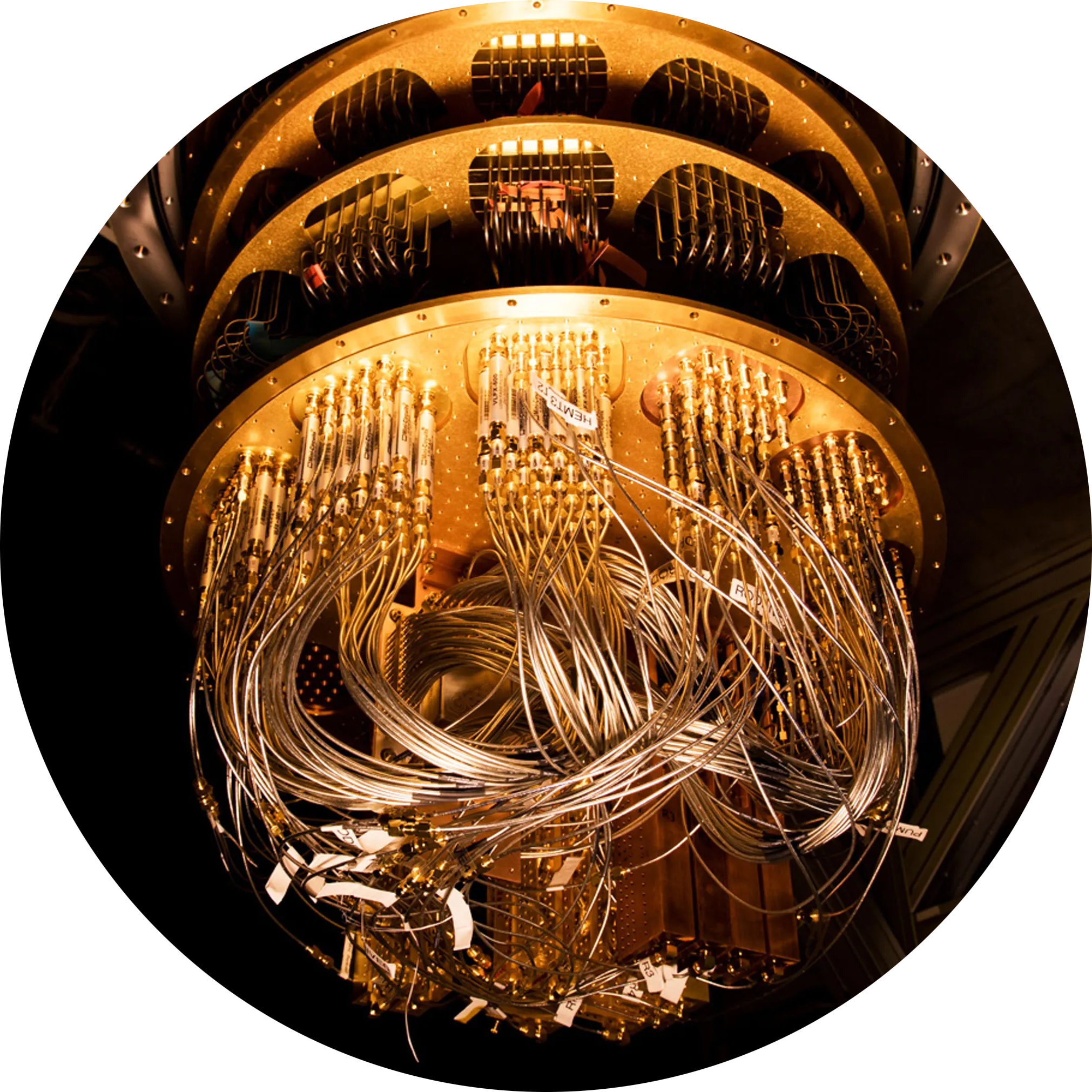
Quantum Computing
David Wineland’s team made a groundbreaking contribution to quantum computing by demonstrating the first-ever quantum logic gate operation using two isolated quantum bits (qubits). This experiment, published in 1995, was a significant step toward building a quantum computer.
In classical computers, the basic unit of information is a bit, which can be either 0 or 1. In quantum computers, the basic unit of information is a quantum bit or qubit, which can exist in a superposition of both 0 and 1 simultaneously. This property exponentially increases the potential computational power of a quantum system. For example, a quantum computer with just 300 qubits could hold more possible states simultaneously than there are atoms in the universe.
Wineland’s 1995 experiment with Christopher Monroe was pivotal because it demonstrated the operation of a two-bit controlled-NOT (CNOT) gate, a fundamental building block of quantum logic. The CNOT gate is essential for quantum computations, as it can be combined with single-bit operations to perform universal quantum computation. In their experiment, the two qubits were encoded in a single trapped ion’s internal and external degrees of freedom, cooled to its quantum ground state using laser cooling.
This experiment laid the foundation for building more complex quantum systems, marking a critical milestone on the path to quantum supremacy—the point where quantum computers can outperform classical computers on specific tasks. Although isolating qubits to preserve their quantum properties remains a challenge, Wineland’s work has been key to advancing quantum technology and showing that quantum computers can, in principle, solve certain problems much more efficiently than classical computers.
Reference:
- Monroe, C., Meekhof, D., King, B., Itano, W., & Wineland, D. (1995). Demonstration of a Fundamental Quantum Logic Gate. Physical Review Letters, 75(25), 4714-4717.
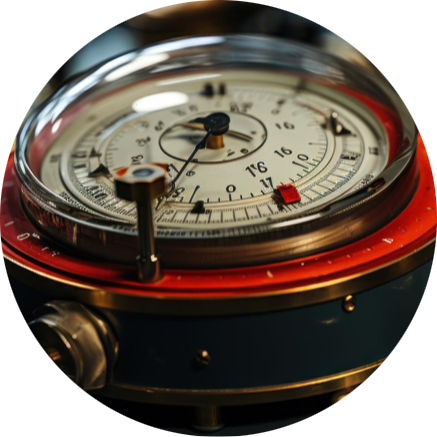
Atomic Clocks and Precision Measurement
David Wineland’s pioneering work in atomic clocks has resulted in the development of optical clocks that are over ten times more accurate than traditional cesium-based atomic clocks. Traditional cesium clocks, which operate in the microwave range, were the standard in timekeeping for decades. However, Wineland’s group at NIST introduced a significant innovation by using trapped ions and lasers to create clocks that operate using ultraviolet light, giving rise to optical clocks.
The breakthrough behind optical clocks lies in their use of trapped ions. In these clocks, one ion serves as the clock itself, while a second ion is used to measure the state of the clock ion without disturbing it. This technique allows for extraordinarily high precision. To illustrate their accuracy, if such an optical clock had been measuring time since the Big Bang—approximately 14 billion years ago—it would only be off by about one second today. This represents a new standard in timekeeping precision, reaching accuracies on the order of 10−18, meaning the clock only loses or gains a second over billions of years.
The development of these optical clocks was initiated at NIST in 2000 and completed in 2006. Wineland’s work was critical in transitioning atomic clocks from the microwave range to the optical range. Optical clocks, using laser cooling and trapping techniques for ions, demonstrated how optical frequencies could be used for even more accurate timekeeping. His contributions to ion trapping, such as using laser cooling (first demonstrated by Wineland and his colleagues in 1978), helped lay the foundation for this leap forward.
Wineland’s groundbreaking developments in atomic clock technology contributed to his receipt of the Nobel Prize in Physics in 2012. His work has not only redefined precision timekeeping but also has profound implications for fundamental physics and applications such as GPS technology, navigation, and synchronization in communication systems.
References:
- Brewer, S. M., Chen, J.-S., Hankin, A. M., Clements, E. R., Chou, C. W., Wineland, D. J., Hume, D. B., & Leibrandt, D. R. (2019). 27Al+ Quantum-Logic Clock with a Systematic Uncertainty below 10−18. Physical Review Letters, 123(3), 033201.
- Chou, C. W., Hume, D., Koelemeij, J. C. J., Wineland, D. J., & Rosenband, T. (2010). Frequency Comparison of Two High-Accuracy Al+ Optical Clocks. Physical Review Letters, 104(7), 070802.
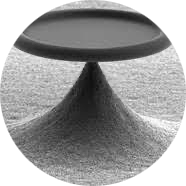
Resolved Side band Cooling
Resolved sideband cooling is a laser cooling technique that allows atoms and ions to be cooled beyond the limits of traditional methods, such as Doppler cooling, by reaching their lowest possible energy state, or zero-point energy. This technique is crucial for experiments that require precise control of particles, such as those in quantum computing.
David Wineland, along with Hans Dehmelt, first proposed the concept of resolved sideband cooling in 1975. In 1995, Wineland and his team successfully demonstrated the technique by cooling a single beryllium ion trapped in an electromagnetic field to its quantum ground state. This breakthrough allowed them to control and manipulate ions with extraordinary precision, paving the way for practical advancements in quantum logic gates—a key component of quantum computers.
Wineland’s contribution to resolved sideband cooling has been fundamental in allowing scientists to study quantum states, like superposition and entanglement, with far greater accuracy. This work is essential for the development of quantum information processing and has opened doors for further innovations in quantum technology.
Reference:
- Monroe, C., Meekhof, D., King, B., Jefferts, S., Itano, W., Wineland, D., & Gould, P. (1995). Resolved-Sideband Raman Cooling of a Bound Atom to the 3D Zero-Point Energy. Phys. Rev. Lett., 75, 4011–4014.

Quantum Zeno Effect
The Quantum Zeno Effect is a phenomenon where the frequent measurement of a quantum system effectively “freezes” its evolution. The effect occurs because each measurement causes the system’s wave function to collapse, resetting its evolution and preventing it from transitioning to another quantum state. This effect was experimentally demonstrated by David Wineland and his team at NIST in 1989 using a system of 9Be+ ions.
In this experiment, approximately 5,000 beryllium ions were confined in a Penning trap and cooled to below 250 mK using laser cooling techniques. An RF pulse was then applied to drive the ions from their ground state to an excited state. Without interference, the entire population would transition to the excited state. However, the key to demonstrating the Quantum Zeno Effect was the use of ultraviolet pulses, which were applied periodically during the RF pulse to “measure” the system.
Each ultraviolet pulse acted as a measurement of the ions’ state, causing the wave function to collapse back into its initial state, effectively preventing the transition to the excited state. This suppression of the system’s evolution was a direct observation of the Quantum Zeno Effect, providing experimental evidence that agreed with theoretical models. Wineland’s work in this area was another important contribution to the study of quantum mechanics and the role of measurement in quantum systems.
References:
- Itano, W., Heinzen, D., Bollinger, J., & Wineland, D. (1990). Quantum Zeno Effect. Physical Review A, 41, 2295–2300.
